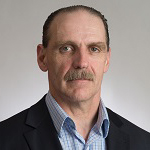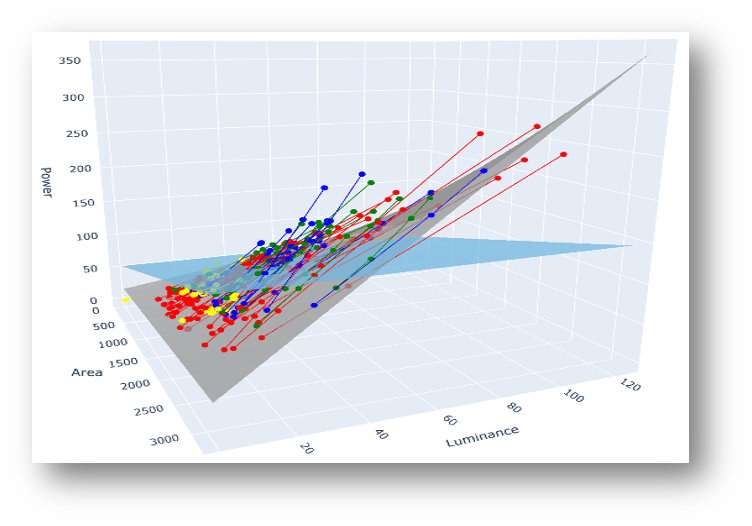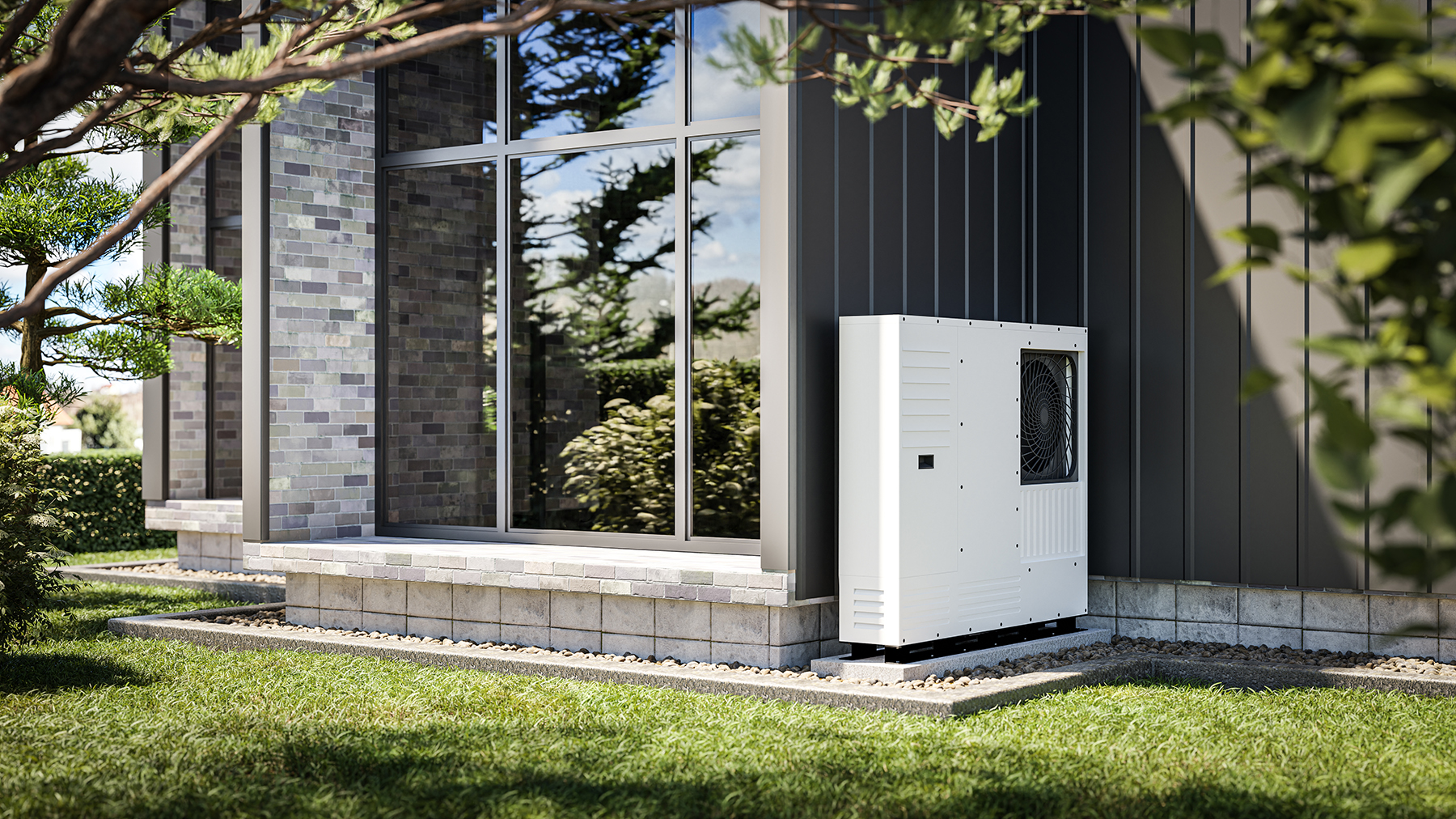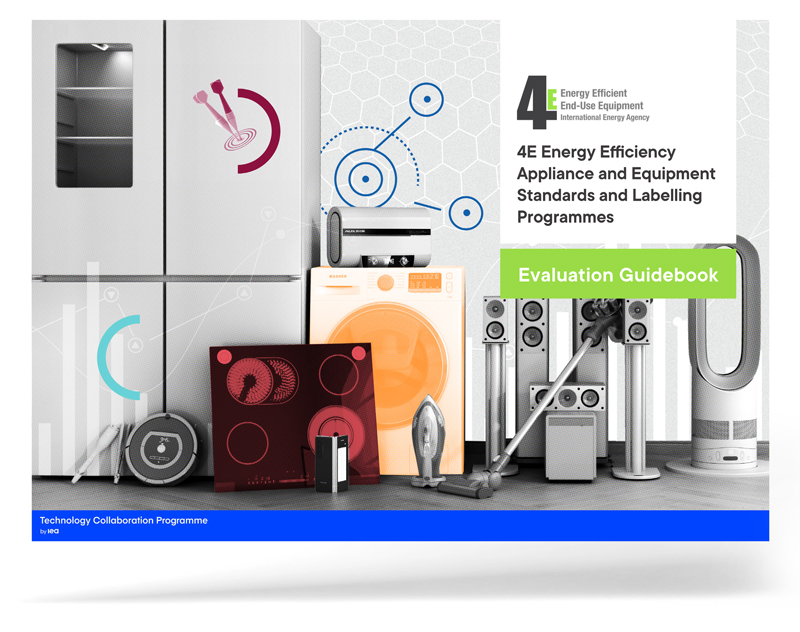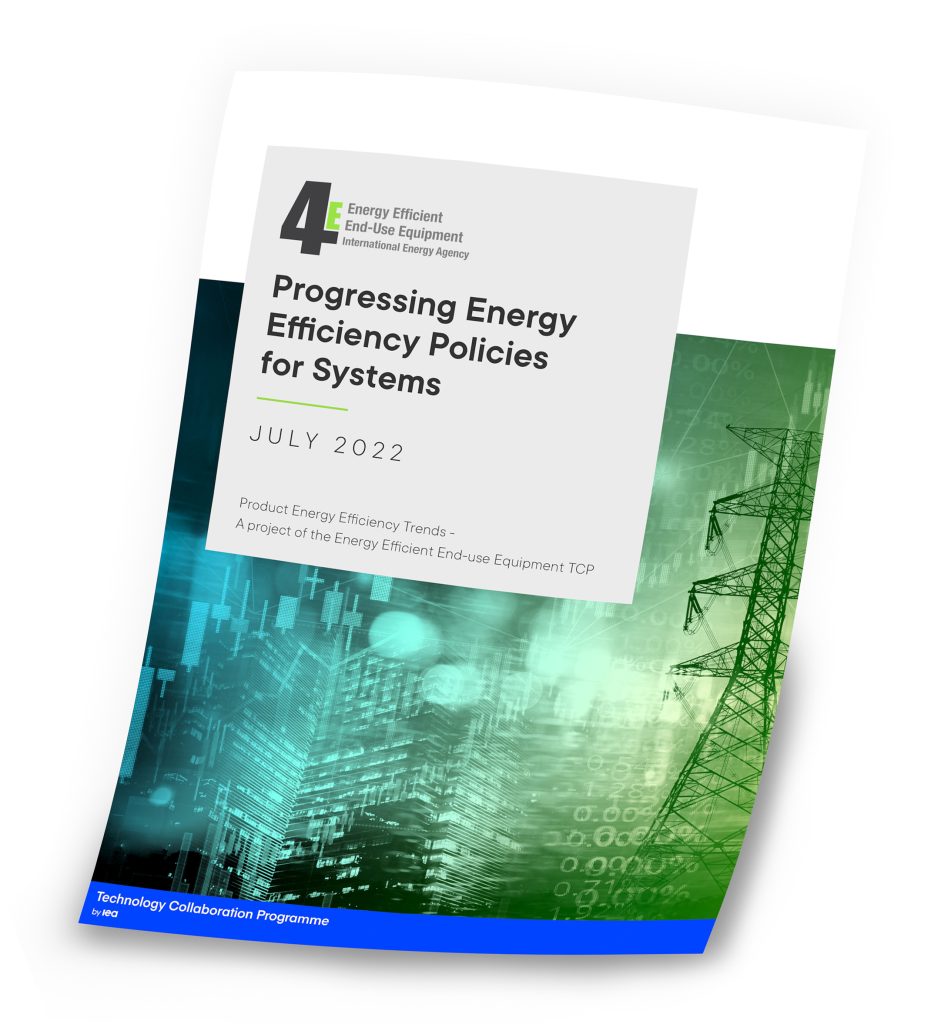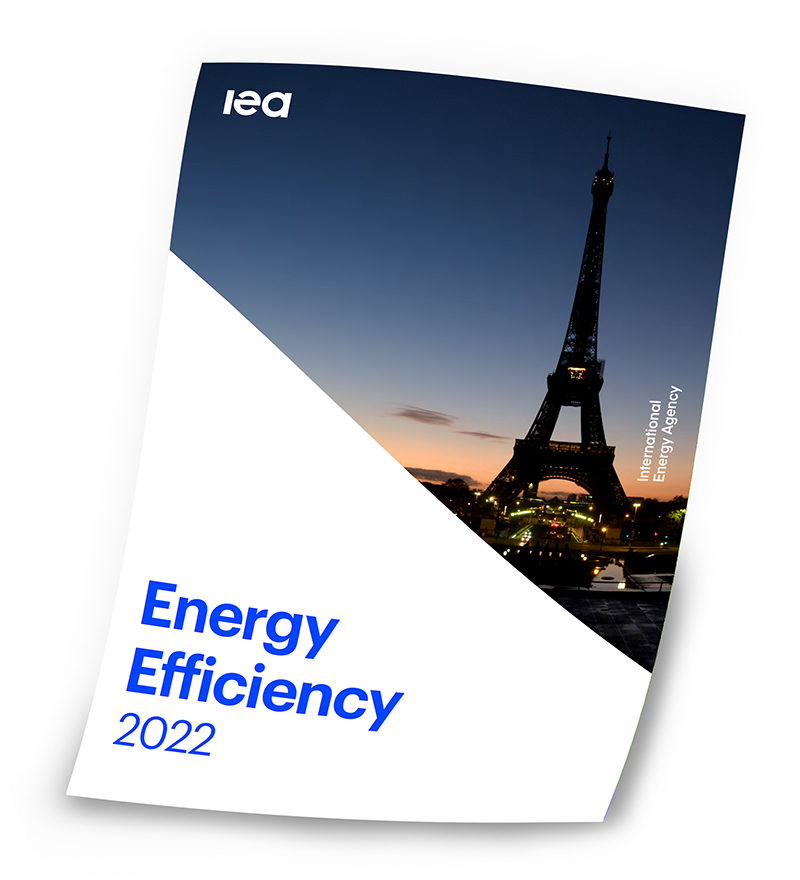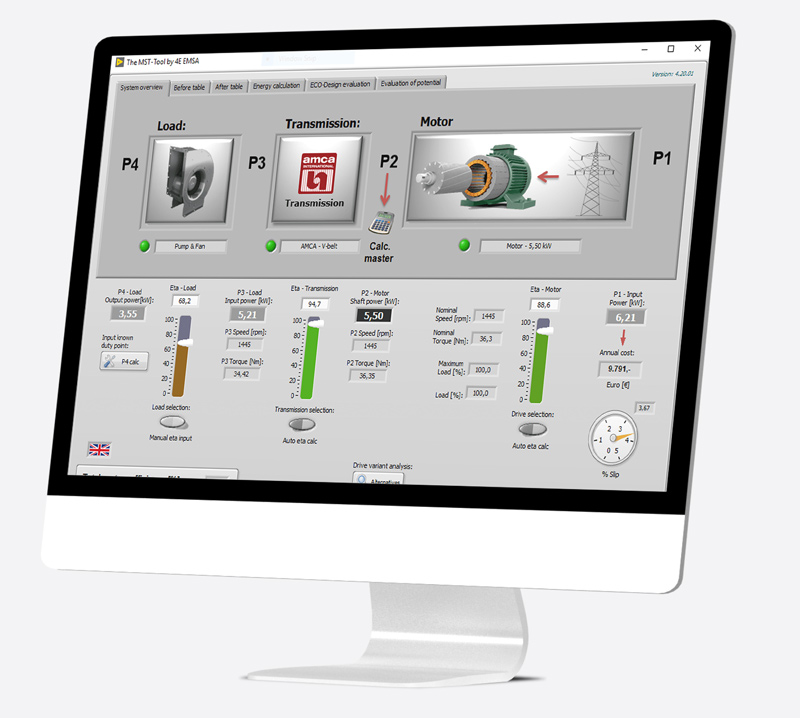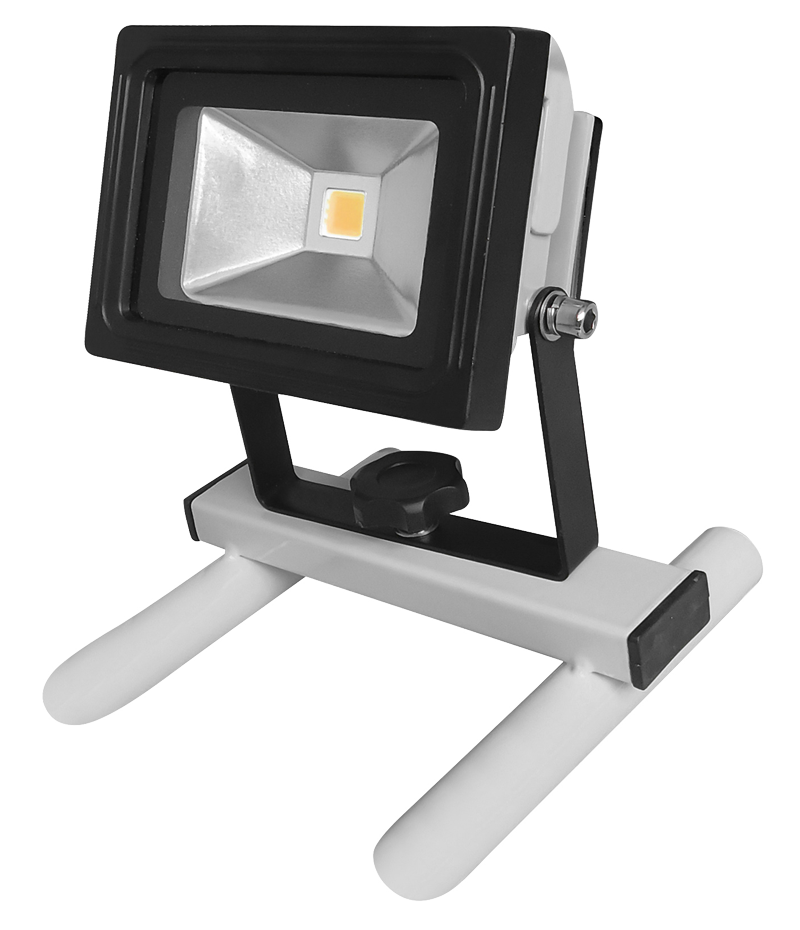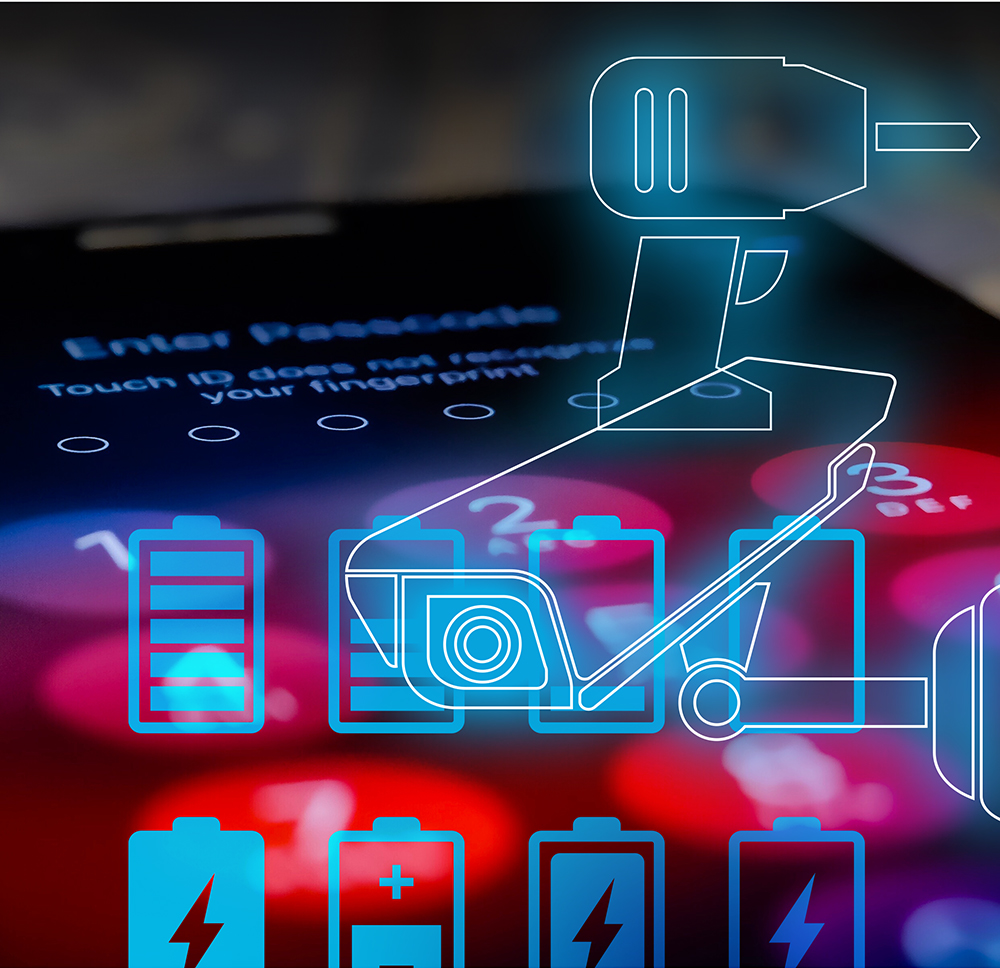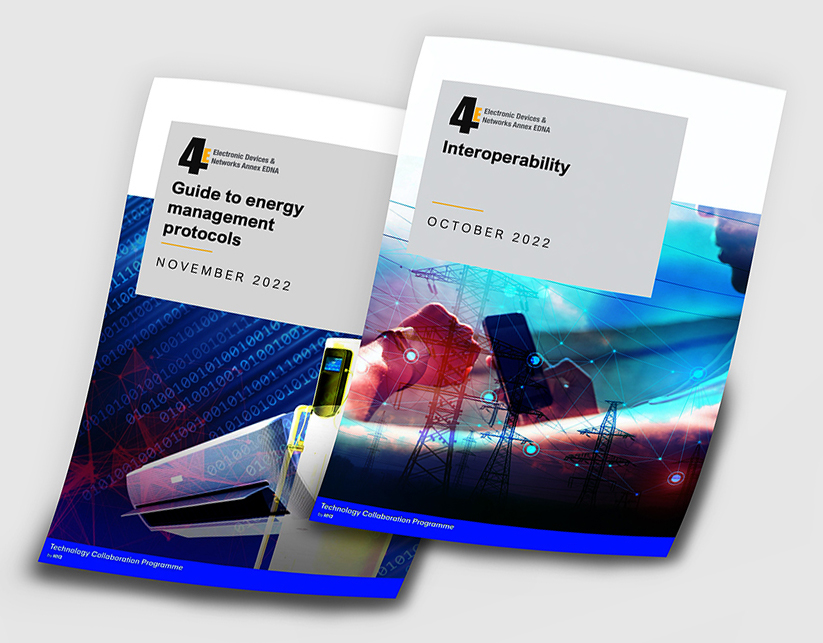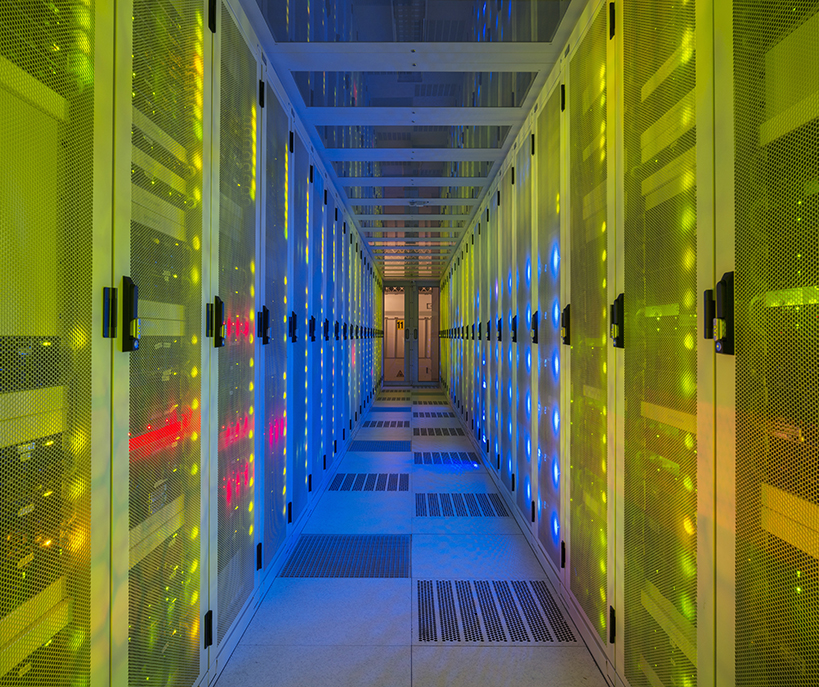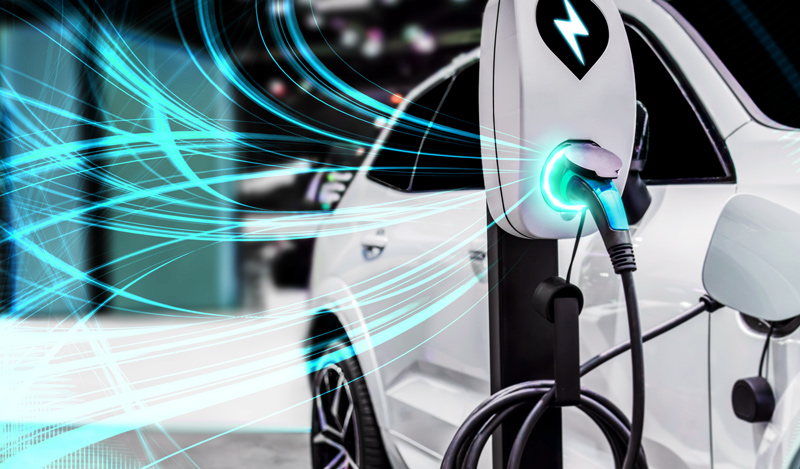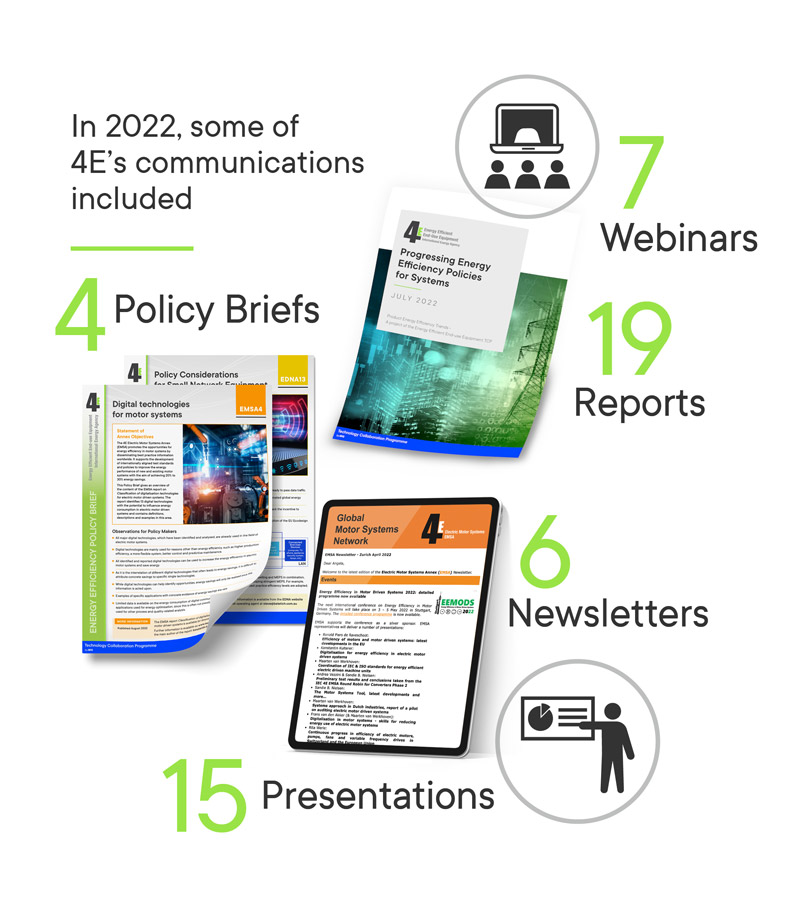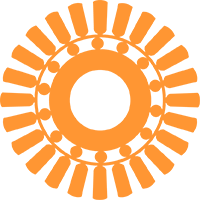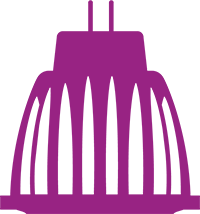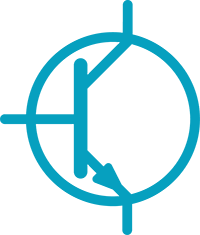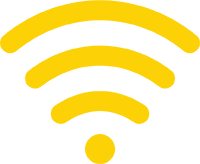Once again Energy has dominated headlines during 2022 for all the wrong reasons! Few parts of the globe have escaped without experiencing escalating costs and concerns about security of supply.
The hardships this has caused has only reinforced the need to accelerate our transition to a more sustainable, affordable global energy system, where energy efficiency and demand flexibility plays a central role. As noted by our previous Chair in last year’s Annual Report: “energy efficiency is the component that makes the transition to clean energy sufficiently robust, affordable and timely.”
But words are not enough and so it is particularly pleasing to see evidence that 4E activities really do help governments to implement policies that make a difference on the ground.
Through this research and collaboration, our Members have become ever more ambitious in 2022, developing innovative policy approaches that are driving technological advances. Importantly, 4E provides a mechanism for sharing these innovations amongst Members and to other economies in all regions.
The sharing of information and expertise has always been at the core of 4E’s work, whether this is between governments or by engaging with industry and other stakeholders. This has been challenging during the Covid pandemic, but through the increasing use of webinars and other on-line platforms, we have reached out to more people than in previous years.
In 2022, exceptional collaborative efforts by 4E’s EDNA, EMSA, PECTA and SSL Annexes have created a range of practical, topical, and valuable policy advice and leading edge research that is freely available and disseminated worldwide.
In November 2022, at our first face-to-face meeting for three years, 4E began the process of deciding on our major activities during our next five-year term starting in 2024. The world looks very different to how it did at the start of this term, and there is no shortage of valuable opportunities for 4E to consider. However, our limited resources demand that we focus on areas where the collaboration between Member governments can make most impact.
What is certain is that our immense body of work over previous years, combined with the expertise and engagement of our Members, gives us a unique platform for launching the next phase.


